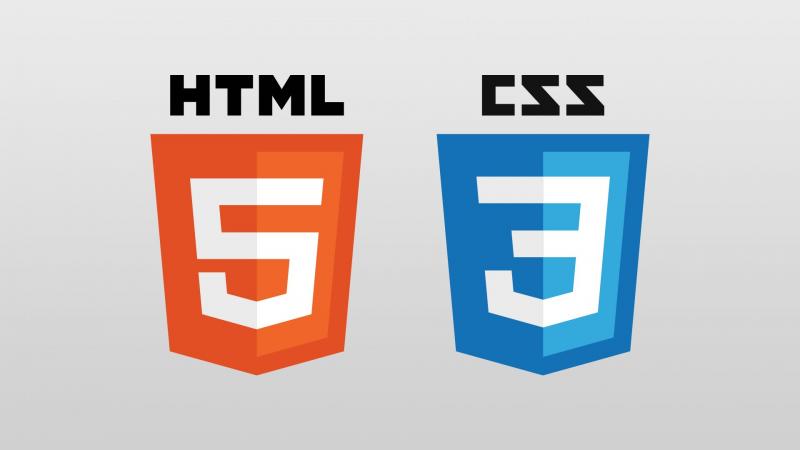Nowadays, the foundation of every website development project begins with the conversion of PSD-based designs to the HTML web markup. This is the stage where you have to start assessing different frameworks or CSS style types which can be integrated into the site. Basically, a framework consists of a structure of files and folders that contain standardised markup codes such as HTML, CSS & Javascript.
To convert PSD to HTML you need to choose the best frameworks which offer great stability to the portal. Look out for an infrastructure which wraps around the development process and enhances the developer's productivity, quality, reliability and dynamism of creating a new site. Most of the web pages are based on the PHP scripts which are the simplest and easiest to deploy among all the other coding languages.
Well, writing repetitive PHP codes becomes monotonous & boring, thus the PHP frameworks were introduced to streamline the development process of sites and web pages. Moreover, it also offers a skeleton on which the whole development functions. They help promote rapid application development (RAD) saving time and work towards building more stable applications. The frameworks form the foundation structure of creating site and CSS assists in controlling the overall appearance of the web page.
Along with converting PSD files to HTML5 markup, deploying the framework or CSS help you construct a robust portal with a great emphasis on database interaction/coding as well as the overall presentation aspect of the portal. Here's the list of HTML/CSS frameworks which you can use during your web development process:
Blueprint CSS framework- Just like all the other frameworks, Blueprint CSS brings down the development time and offers a great set of features. It comes loaded with an easy to use a grid, helpful plugins, style sheet language, quality typography and also gives a form style for the development of good UI.
Twitter's Bootstrap- It is the frontend interface framework which is designed & developed by the Twitter. Bootstrap offers pretty amazing benefits to the developers. It is a CSS framework which is designed to work faster & efficiently even on the basic HTML template and turns into a responsive design.
960 Grid System- The primary focus of this framework is to help in rapid prototyping and the best part is that whenever it is deployed it works perfectly fine. The two variants of this type of framework are the 12 column grid and 16 column grid.
Golden grid system- It is a web-based system, which acts as a CSS tool for all the grid powered portals. It offers around 970 pixels main width, 6 column grid as well as the 12 column grid. It is extremely lightweight, with a file size of just 1KB.
52 Framework- This tech is suitable for the portal based on the HTML5 markup and it also utilises the CSS3, which saves lots of time while slicing the layouts & designing it with a variety of sophisticated features.
Baseline Framework- It was built bearing in mind the typography standards, which actually aid in designing the sites that have good designs & fonts in them. Though it started as a prototype but soon it grew as a complete typographic framework.
YAML- The primary focus of this framework is on standards and accessibility. Just like Golden Grid System, the YAML is also light in weight and comes with an enormous set of extensions which make this framework flexible & robust.
Summing Up
In this article, you will read about seven HTML/CSS framework that can be used during web development.
